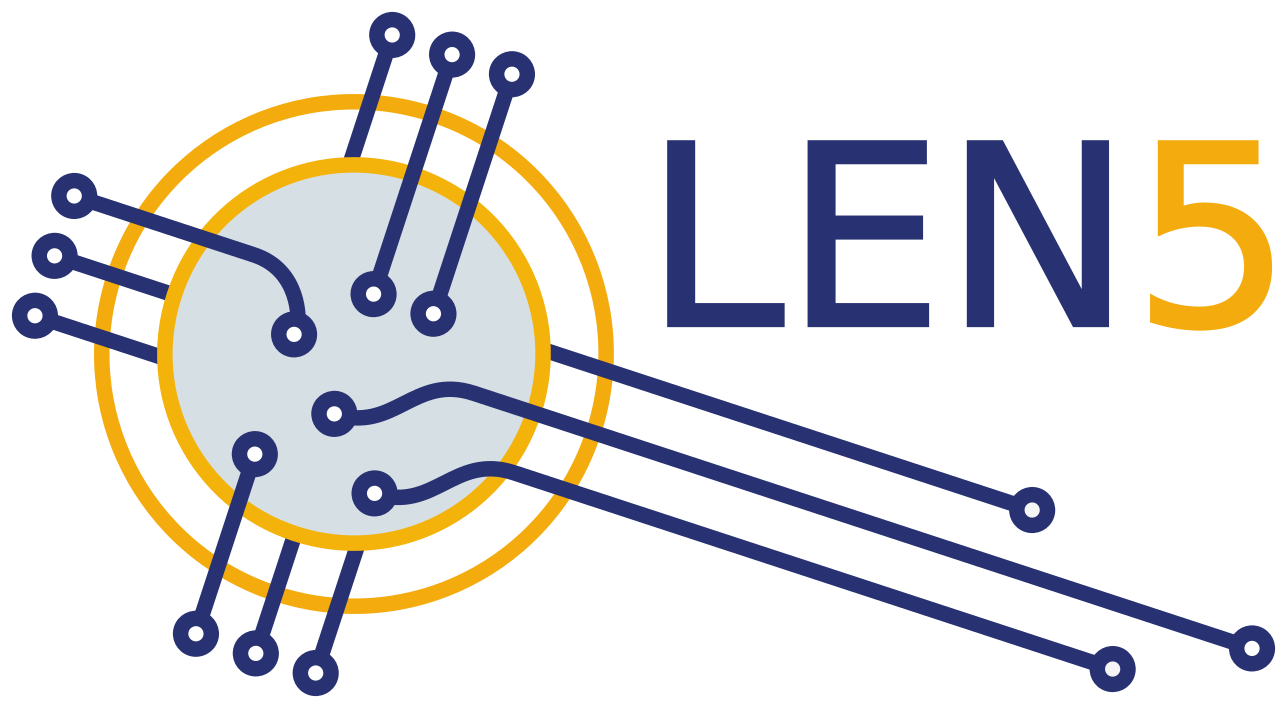Before creating a merge request with the changes that you would like to merge, launch the following target:
make checkThis runs HDL code linting and formatting, builds the test projects from sw/applications/, builds the hardware simulation model with Verilator, and runs the RTL simulation on every test application compiled with different optimization levels. If this target fails, it means that you broke something and shall dive deeper to understand what and why. When this is the case, an RTL simulation alongside a Spike simulation with traces enabled is good starting point.
-
Compile the RTL simulation model using Verilator:
make verilator-build
-
Compile the firmware:
make app # PROJECT=<a directory in sw/applications>Alternatively, benchmarks can be run using:
make run-benchmark # SUITE=embenchEach benchmark suite, contains several tests. The available suites are:
To generate charts, run:
make charts
The output charts will be stored in the configured build directory.
-
Run the RTL simulation using Verilator
make verilator-sim # optionally specify FIRMWARE|MAX_CYCLES|LOG_LEVEL|DUMP_WAVES|TRACE_WAVES -
[optional] Open the waveforms with GTKWave
make verilator-waves
An application built using step 2. above can be also simulated using the Spike ISA simulator. To do this, make sure that spike is in your PATH and run:
make spike-simThis starts Spike in debug mode. You can progress one instruction at a time by pressing enter, or type help to get a list of all the other supported actions.
NOTE: platform-dependent features like the UART emulator will NOT work in Spike. So don't expect any output from
printfor similar. The intended use is to help tracking down issues in the RTL by using Spike as a reference model to check the content of the register file and memory at a given point in the program execution. Remember that LEN5 is out-of-order, so don't expect its register file content to match Spike's one at any time.
It is possible to generate a full execution trace with:
make spike-traceThe trace is saved in build/sim-common/spike-trace.log.
Similarly, LEN5 testbench can dump an execution trace from the RTL simulation. This can be obtained by setting the DUMP_TRACE variable when calling:
make verilator-sim DUMP_TRACE=trueThe trace is saved in build/sim-common/sim-trace.log
The spike-check target can be used to compare the trace logs from Spike and the RTL simulation and produce a summary of the differences (using diff). This target is also used by make check to verify that the simulation trace matches the one from the RTL simulation.
- Fix RTL simulation
- Map some benchmark
- Improve this file with info and instructions
- Support interrupts
- Improve support for CSR instruction
- Add OBI bus bridge
- Implement multiple issue (ideally 4-way)
- Complete OS support
